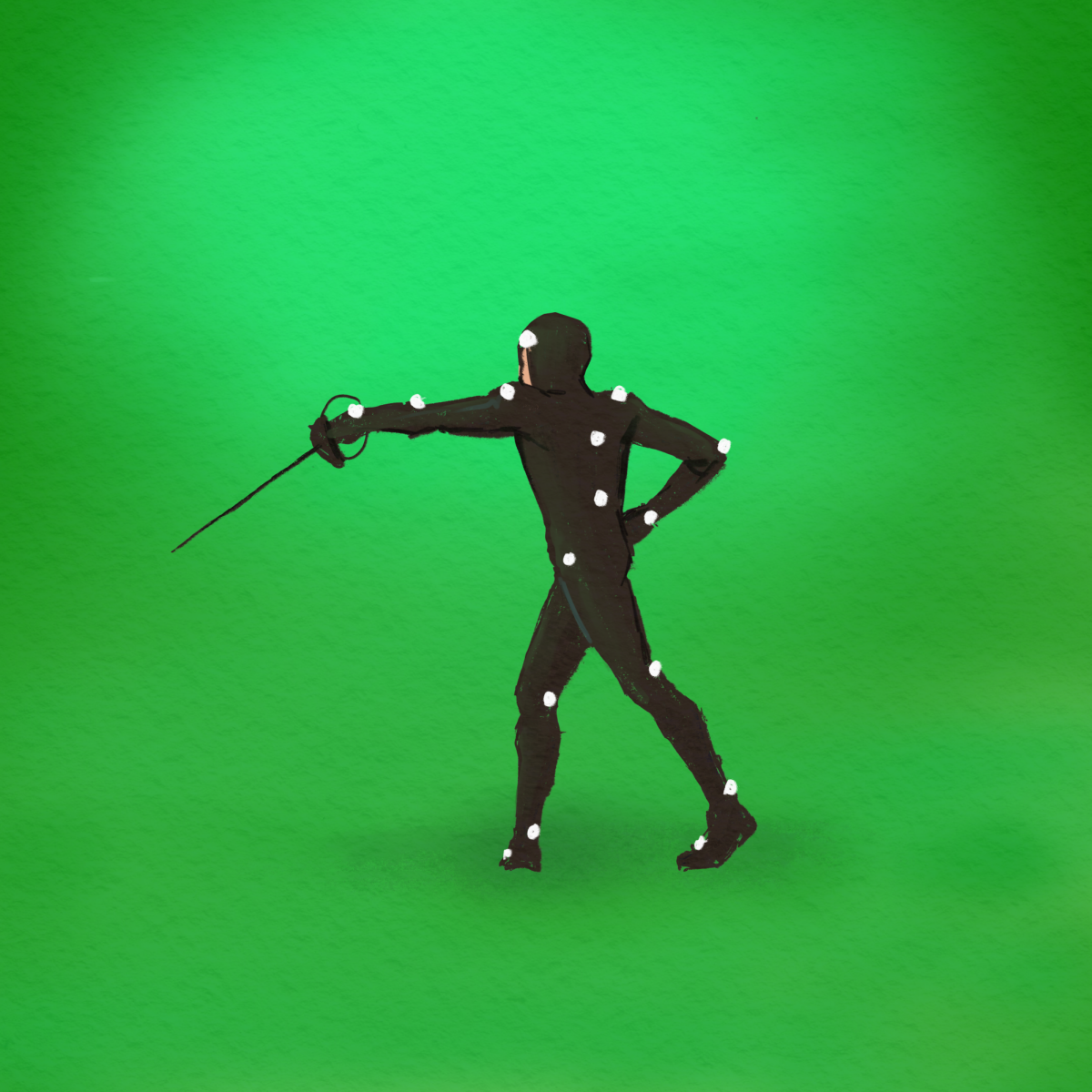Netflix released its live-action adaptation of “Avatar: The Last Airbender” last week. I’ll save my criticisms for Twitter, where they belong, but if you’re curious about how effectively the retelling captured the original animated series, just know that the co-creators of the original show left the project early into development due to creative differences.
Among Google reviews, Rotten Tomatoes and IMDb ratings, the show is currently trending at roughly a 7/10. It’s decent, it’s watchable, a fair number of people would even call it good. But the 2005 animated series averages nearly a perfect 10 across rating platforms. It’s amazing and a staple of countless people’s childhoods.
This gap in quality between animated originals and live-action retellings is not at all uncommon. Over the last decade, Disney especially has released many live-action adaptations of classic animated stories, the reception of which has ranged from decent to pretty bad. This phenomenon of live-action adaptations consistently failing to meet the standards of their original stories begs the question of why they should even exist at all.
Maybe it’s predicated on the false notion that live action is an inherently better medium than animation. Maybe producers believe that fans of animated series would undoubtedly want to see what their favorite show or movie would look like in real life. Or maybe it’s the animation age ghetto dictating that if there’s an even remotely serious plotline in animation, it must be better suited for the more “mature” medium of live action and was only resigned to a cartoon due to technical limitations.
Because many animated classics as far back as “Alice in Wonderland” or as recent as “Avatar: The Last Airbender” came out when CGI either didn’t exist or was still developing to the level it’s at today, some hold a misconception that the writers animated their stories simply because they had to. Without access to recent VFX, the only way to depict many fantasy action stories was by drawing out the scenes — anything the writer could imagine, an artist could illustrate.
But as we blaze forward into the digital age, our computers continue to improve their image generating capabilities. With enough budget, filmmakers can integrate nearly anything imaginable on screen with a reasonable amount of realism. Suddenly, we have the means to digitally generate elemental-bending, flying bison or the beast of the ocean spirit in a realistic setting, but nobody stopped to ask if that means we should.
Live-action adaptations, 90% of the time, are fine watches but add nothing of real value to the story other than “Oh, so that’s what Appa would look like in real life. Neat!” They are ultimately low-creativity cash grabs that fail to inspire their viewers the way artistic media should and are frequently underwhelming, even when viewed as a stand-alone project.
Sometimes, the writing or the directing sours a remake, but they are almost always doomed to mediocrity simply because their story was never intended for live action. Animation as a medium is rarely — if ever — an accident or something the creator settled for. You’d find it impossible to meet a screenwriter who wrote a full script and then sat down afterward to decide whether to animate it or film it in live action.
The tropes, pacing and characterization of an animated series differ drastically from those of live action, making it incredibly difficult to simply replicate the story with real actors and CGI. Cartoons have the luxury of shape language, snappy dialogue and exaggerated expressions to help develop their characters. Even a perfect beat by beat remake of an animated scene wouldn’t reach the same quality because it couldn’t use the techniques available only to drawn media.
I don’t mean to idolize animation as some superior medium — live action also has its own distinct strengths that writers capitalize on when they create award-winning TV shows. Animated remakes of “The Office” or “Succession” sound like terrible ideas because these stories don’t make any use of the strengths of animation, nor can animation replicate many of the techniques that require real-life actors and sets. At best, you might walk away after the first episode thinking, “Oh, so that’s what Kendall Roy would look like in a cartoon. Neat!”
The proliferation of live action adaptations compared to the relative lack of animated adaptations is what leads me to believe the phenomenon lies primarily in an undervaluation of animation as a medium. Producers don’t want retellings for the sake of retellings — they want them because they believe live action must be a step up from animation and, of course, because they want to make a quick buck.
Once in a blue moon, a remake like the 2017 “Jungle Book” lives up to the reputation of its source material, but we still must ask ourselves, “Was the remake good on its own merit? Or was the original good and the remake just managed to not screw it up?” I don’t mean to be a Grinch — another story whose remakes never rated as highly as its 1966 animation — but we should be placing more emphasis on creating original content to put out into the world rather than poorly retelling beloved narratives.
The greatest animated movies and TV shows shine because of the work of amazing writers and artists, but especially because their storytelling makes great use of the tools offered by their medium. Instead of inadequately remaking the masterpieces of our childhoods, we should focus on creating new stories that will live in the hearts of future generations.
Thomas Riley thinks it would be neat to see what they would look like in a cartoon. Pitch them an animated adaptation of their life story at [email protected].




